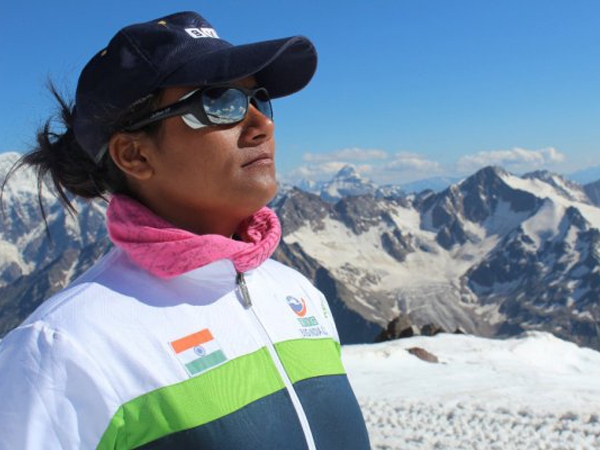
In a horrific incident, four young female athletes attempted suicide at the Sports Authority of India centre in Kerala, prompting a rattled Sports Ministry to launch an inquiry and promise the strictest possible action against any SAI official found guilty.
One of the athletes, a 15-year-old, died on Thursday and three others, all undergoing training at Water Sports Centre of SAI in Alapuzha, were hospitalised after they ate a poisonous fruit in an apparent suicide pact following alleged harassment by seniors.
The girls were undergoing training at the Water Sports Centre of the SAI at nearby Punnamada. Relatives of the athletes alleged that the girls were being physically and mentally tortured by some seniors. A relative of the girl (Aparna) who died alleged that the athletes of the SAI hostel were being physically tortured.
“The girl was hit by her coach two days ago with an oar due to which she could neither sit nor stand”, he alleged, in an interview with PTI.
The episode once again brings home the horrors that women athletes face in India under the umbrellas of sporting associations. From political undercurrents, caste discrimination, bullying, harassment to sexual exploitation, many of the hostels and academies for the female athletes have put out a grim picture of the conditions under which the girls live in.
A few years ago, a combined charge of sexual harassment was levied against M K Kaushik, coach for the Indian Hockey team in 2010 by all 31 players of the women’s hockey squad. The scam exposed the dark underbelly of the sporting world and also opened the nation’s eye to discriminatory attitudes that are so accepted everyday that they may not even readily be recognised as exploitation.
At that time, a senior athletics official, who has travelled with many Indian teams as a manager, acknowledged that many coaches do ask for such sexual favours. The official added that coaches are not the only villains of the piece, athletes and officials too are guilty of exploitative behaviour. This reaffirms the widely accepted opinion that favours are often demanded in return for selection to teams.
Harassment can come in various forms. First Indian Olympic swimmer, Nisha Millet, got acquainted with the idiosyncrasies of the bureaucracy at the age of 18. Not only was her training stint in Australia cut short by three months due to a bureaucratic delay, she even got placed with the weakest competitors due to a wrong qualification time by erstwhile national swimming coach, she alleges. She was later asked not to press charges in order to keep her career secure. It took Millet two years to get back on track after this episode.
This affects even the heavyweights, both literally and figuratively speaking. Sydney Games bronze-winner, Karnam Malleshwari, who took the country by a storm during her peak years, could not face upto internal issues despite her popularity. It was only much later that she belatedly registered a complaint against her coach Ramesh Malhotra, which led to his recent dismissal.
Clearly, the world of sporting associations is something that requires a closer scrutiny, not just by the sports welfare ministry, but other offices too, like that of woman’s commission and human rights commission. They also very obviously need a complaints escalation system that is centered outside the tentacles of the sports ministry, if justice is to be served.
More on>> Balancing Act




